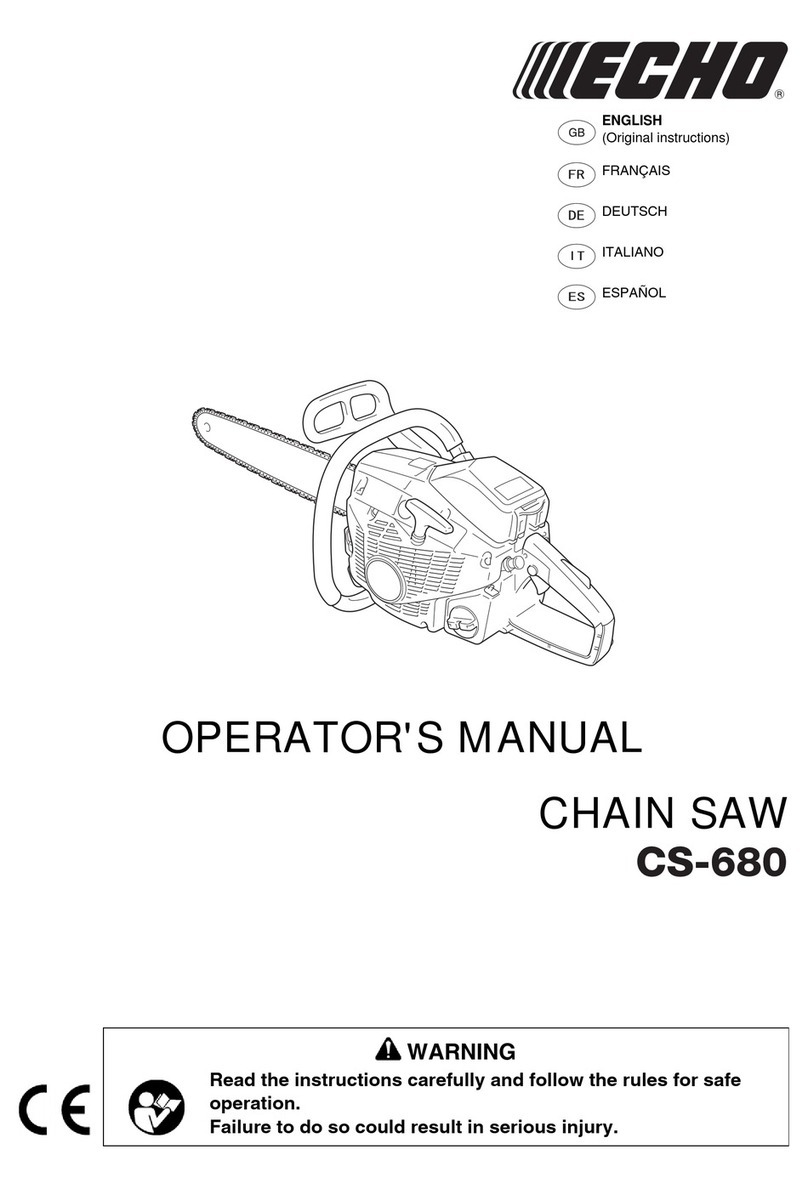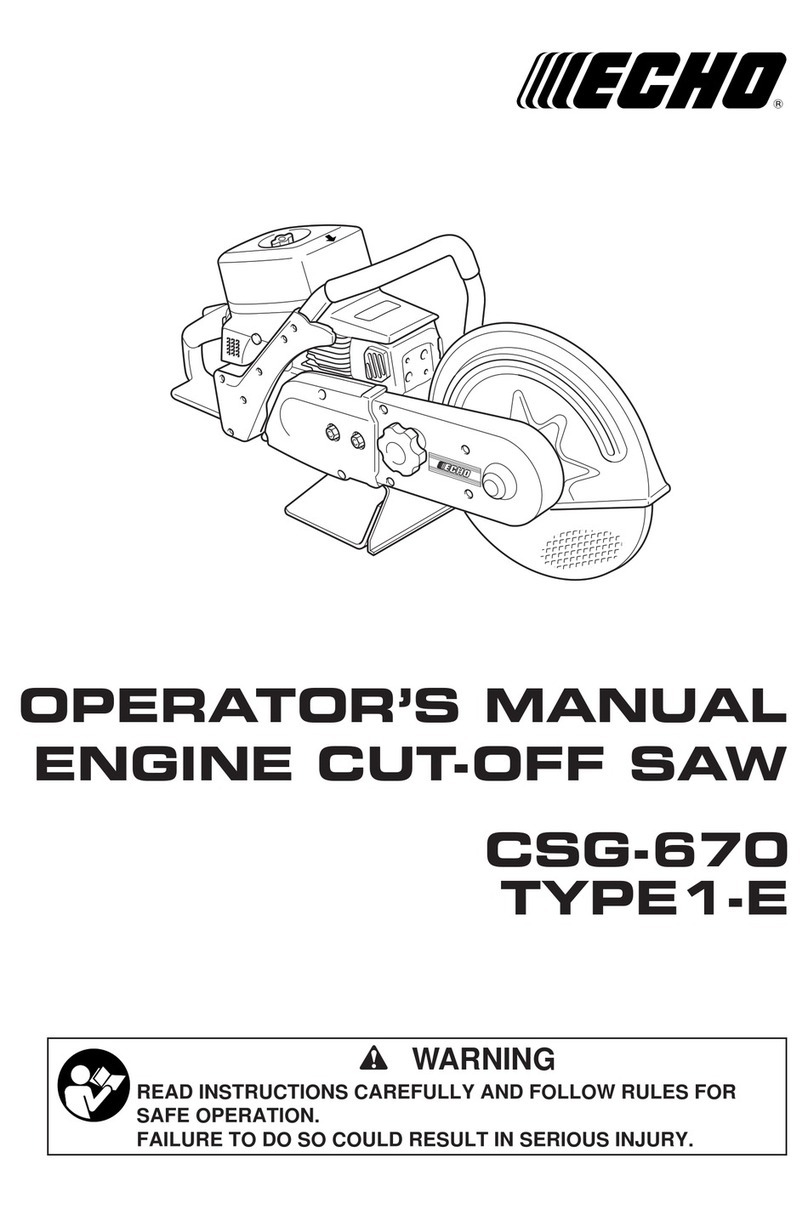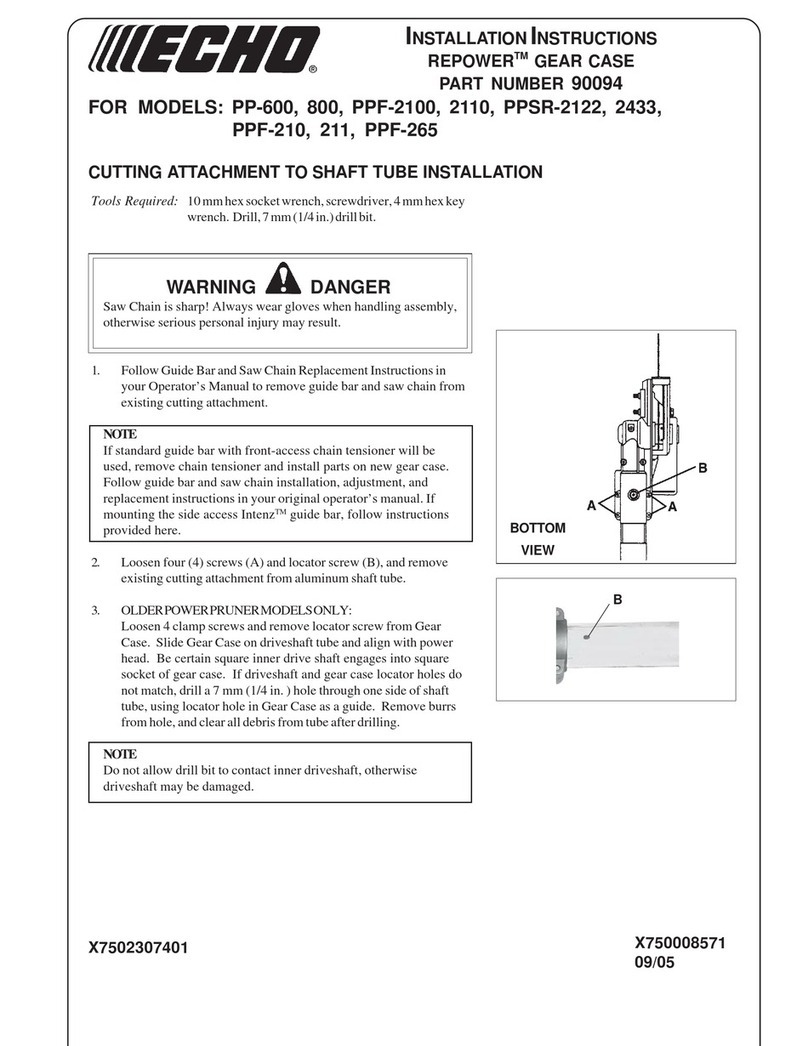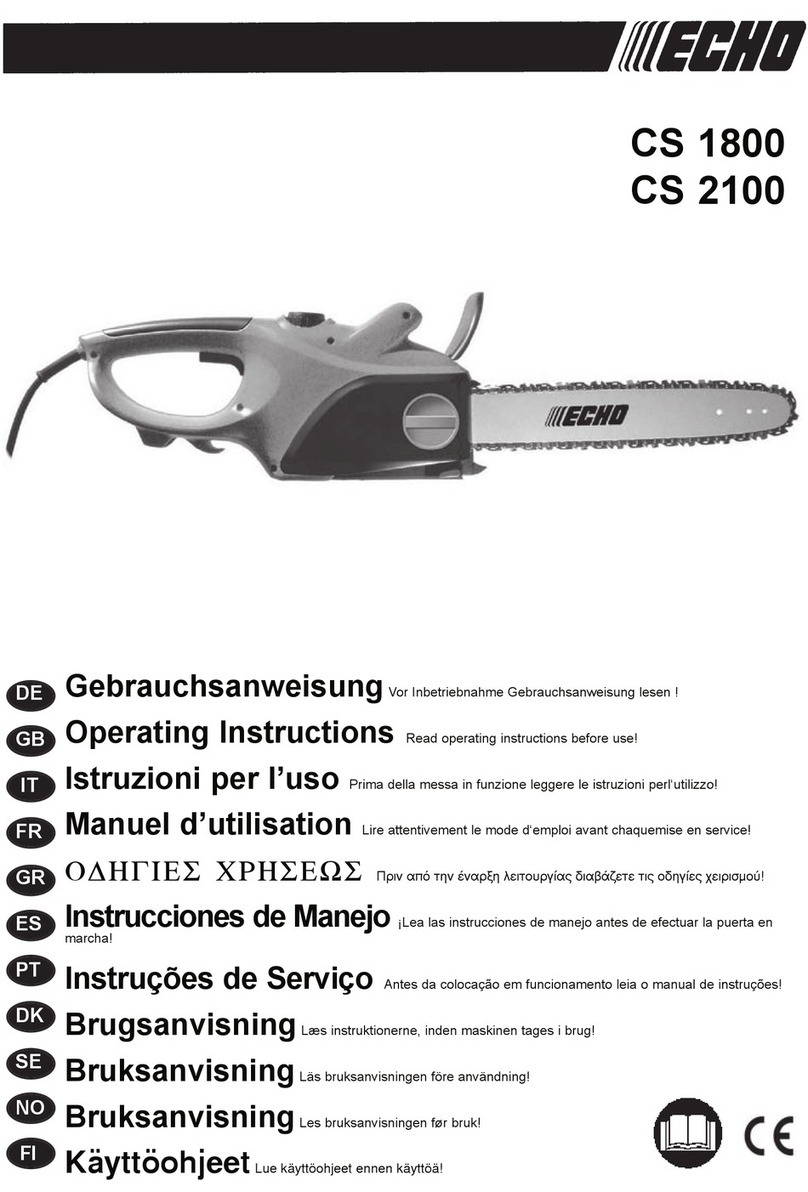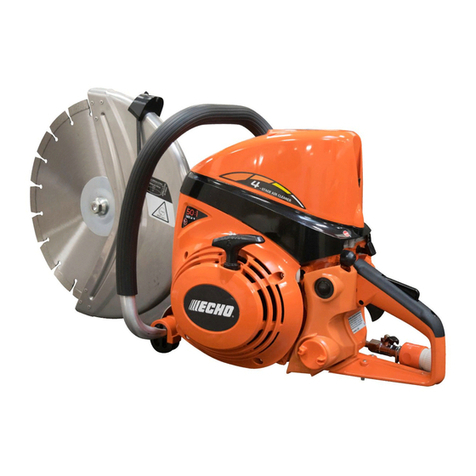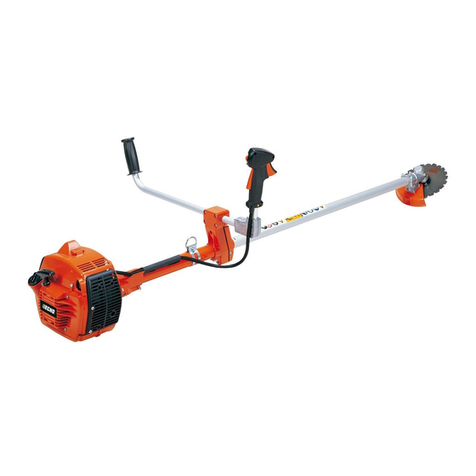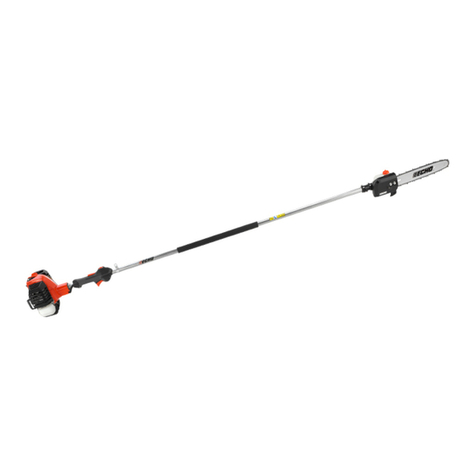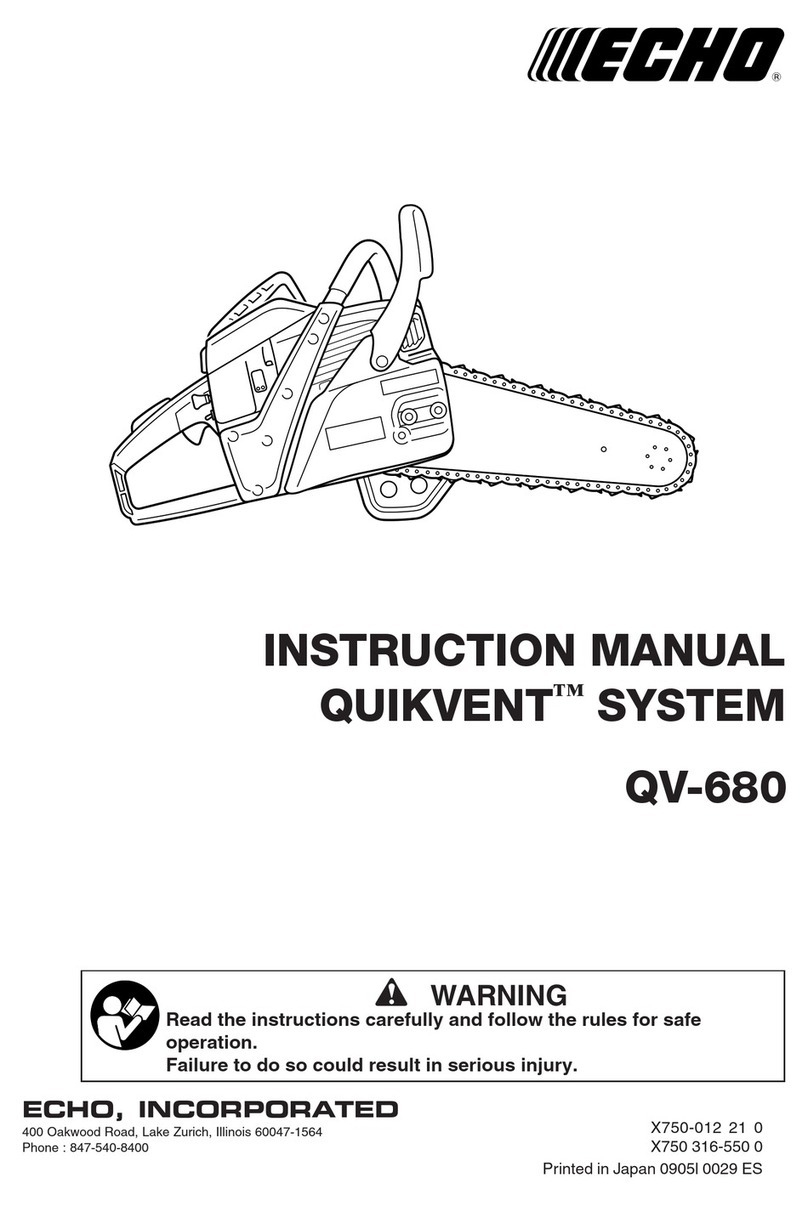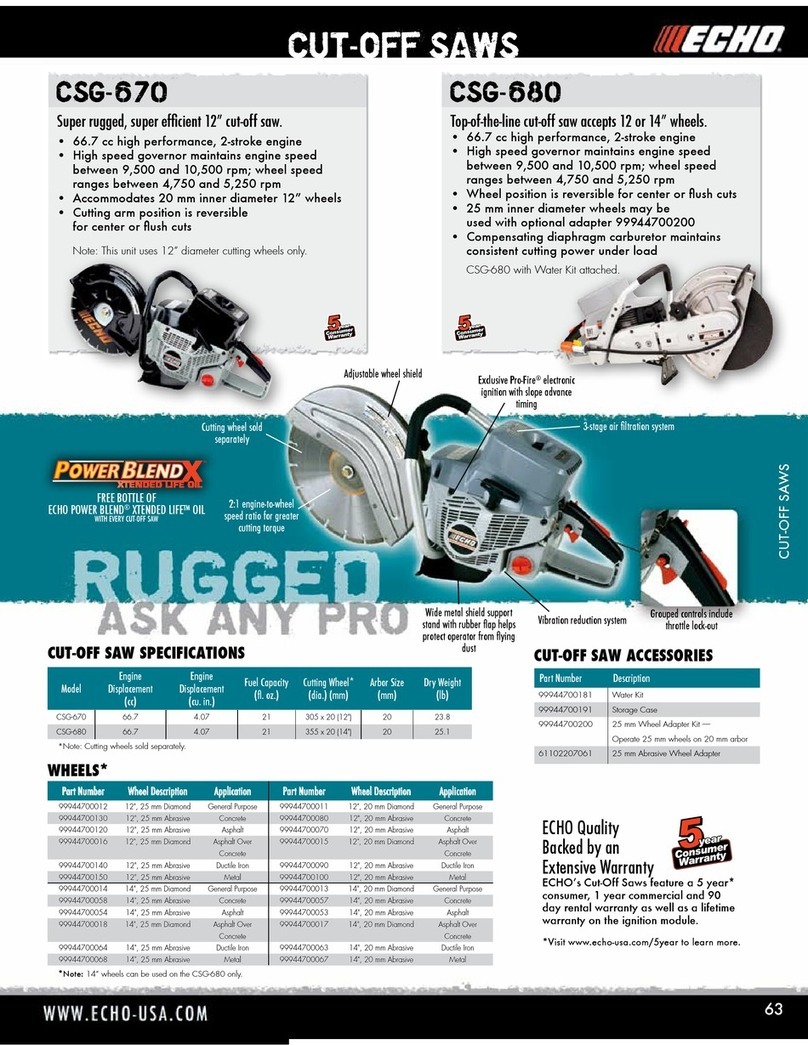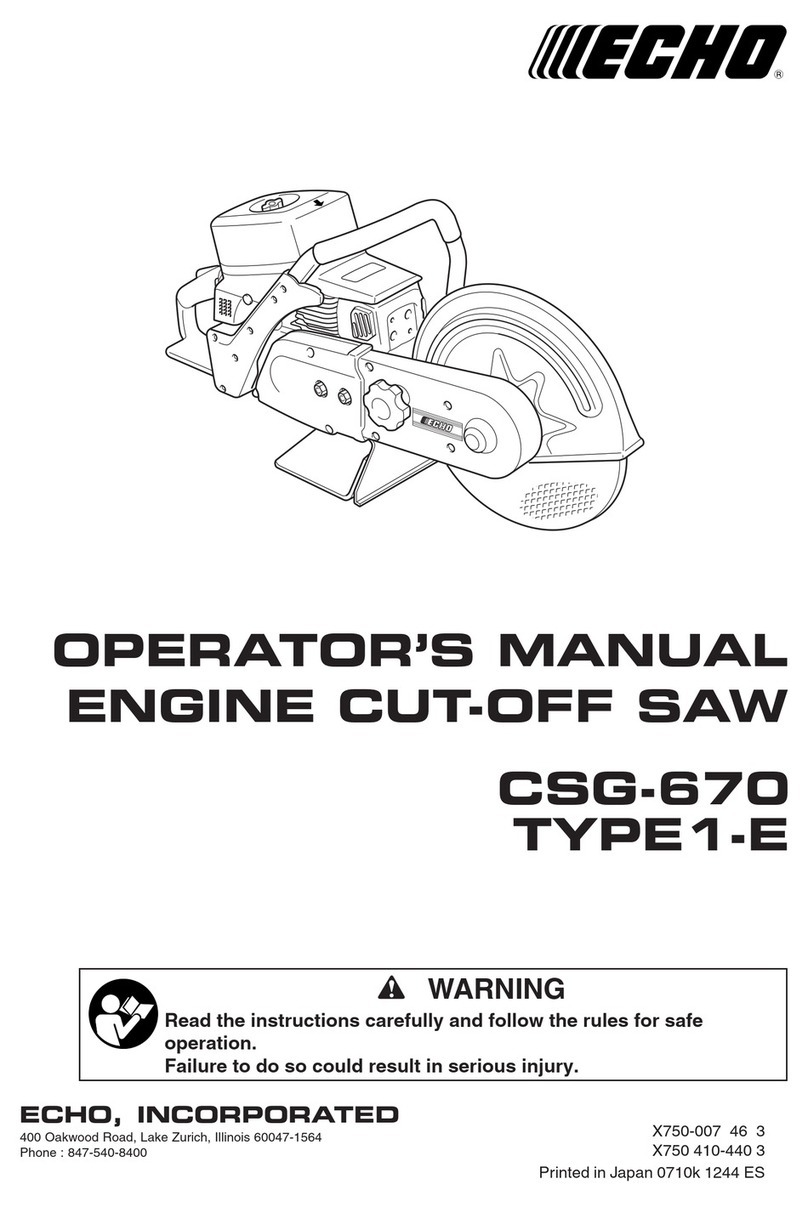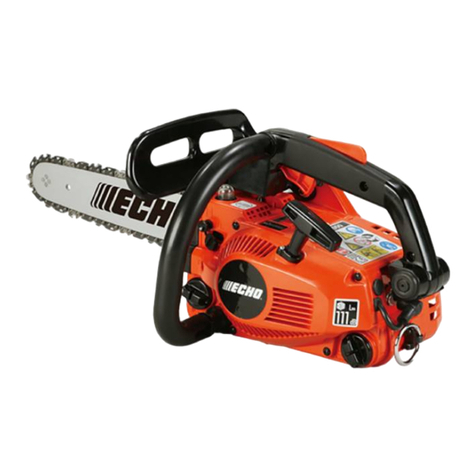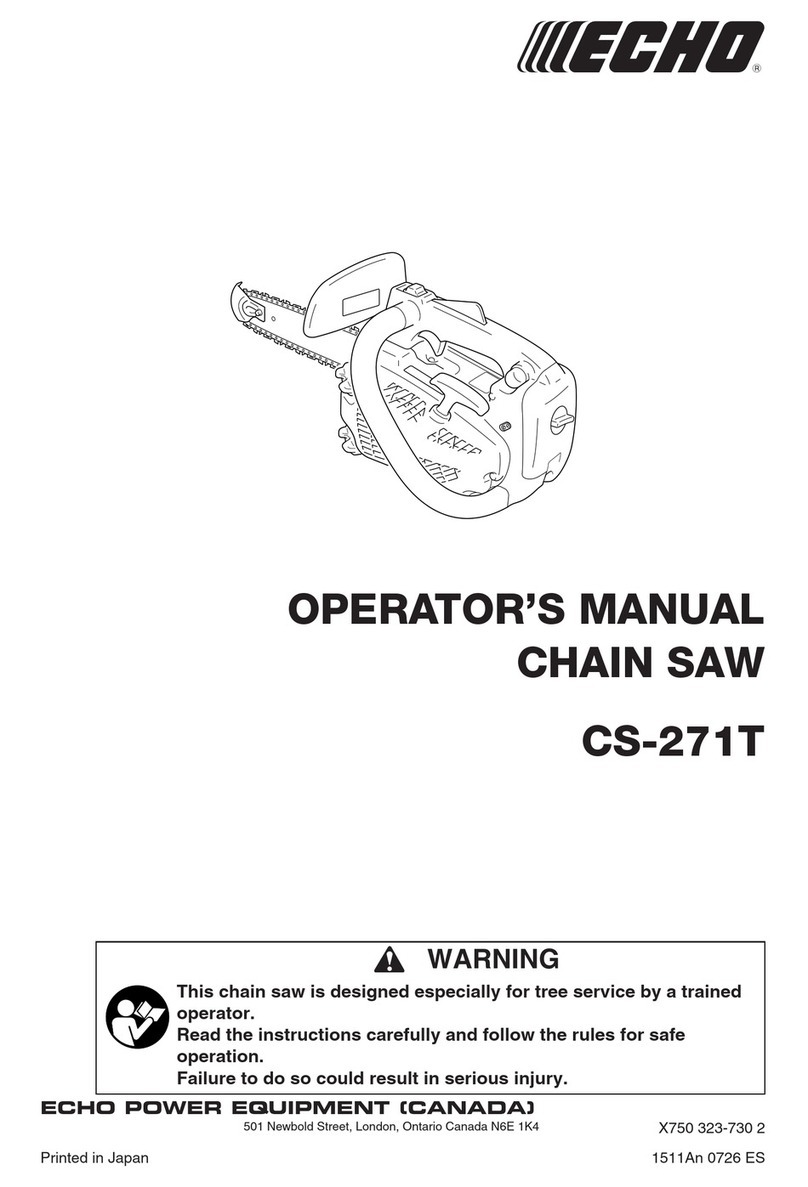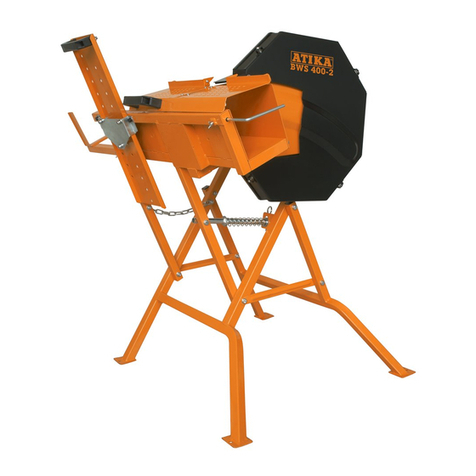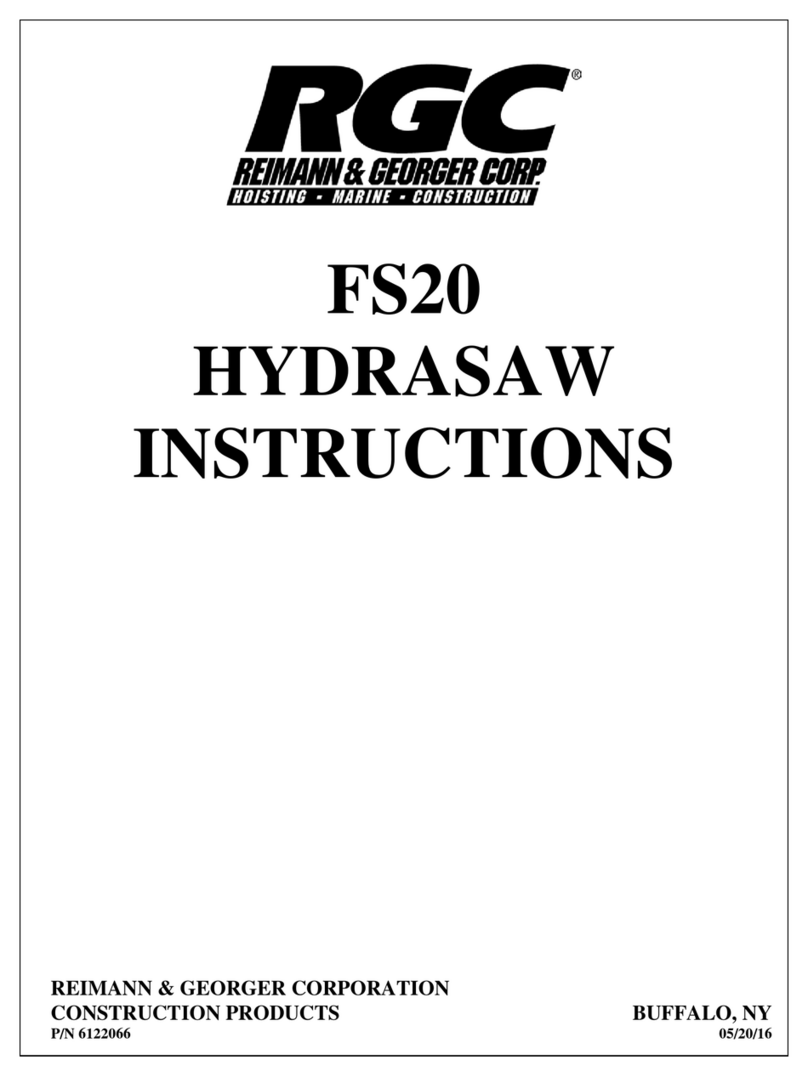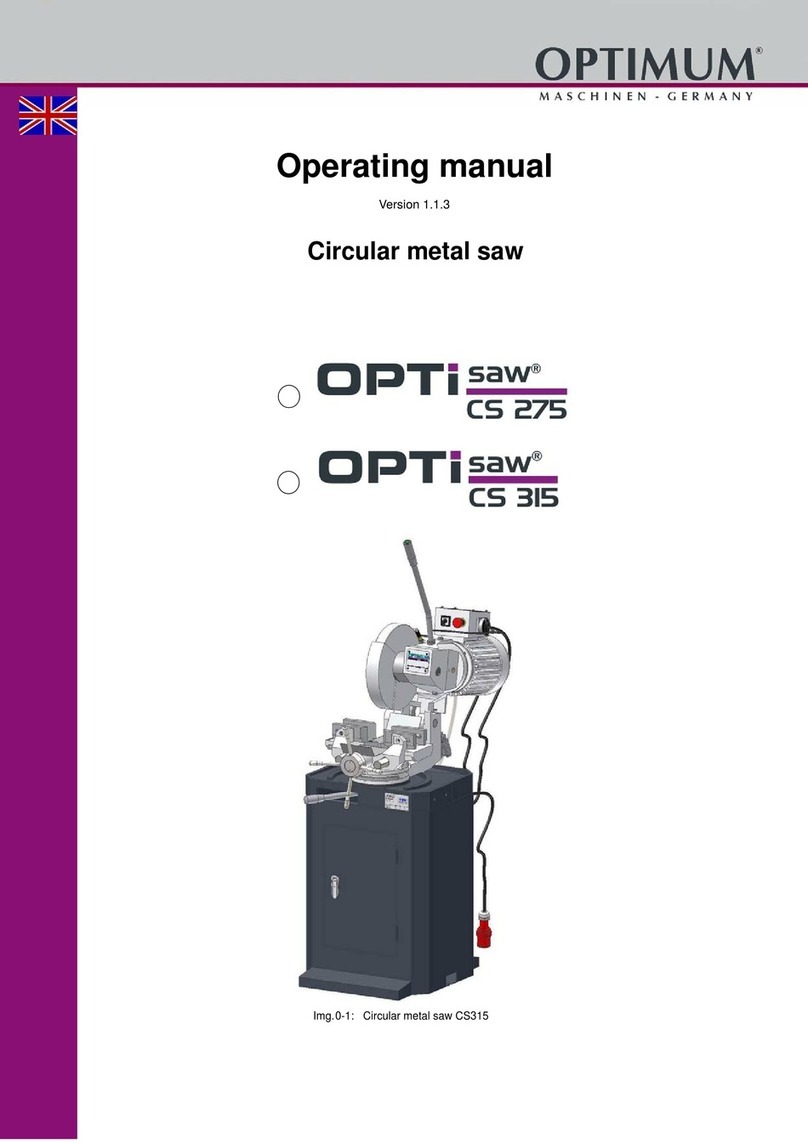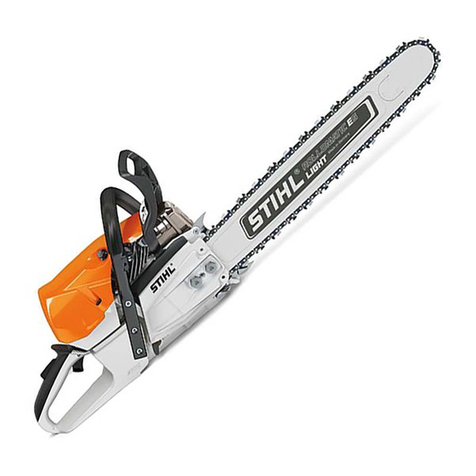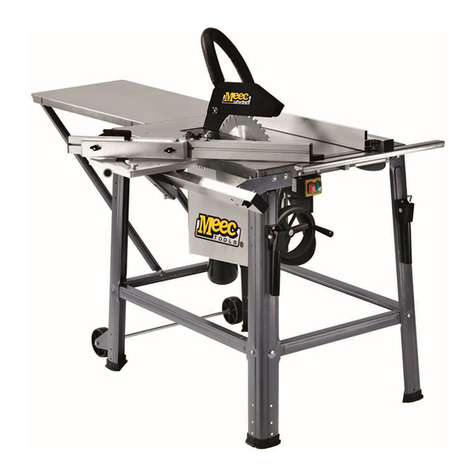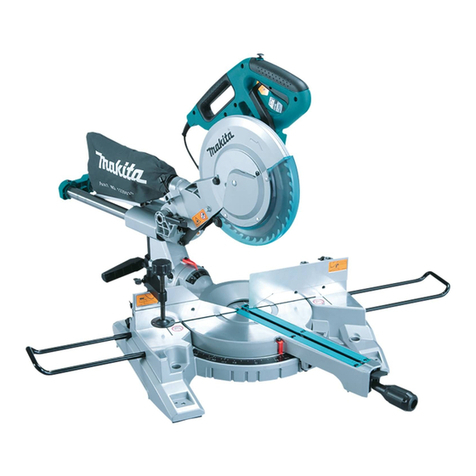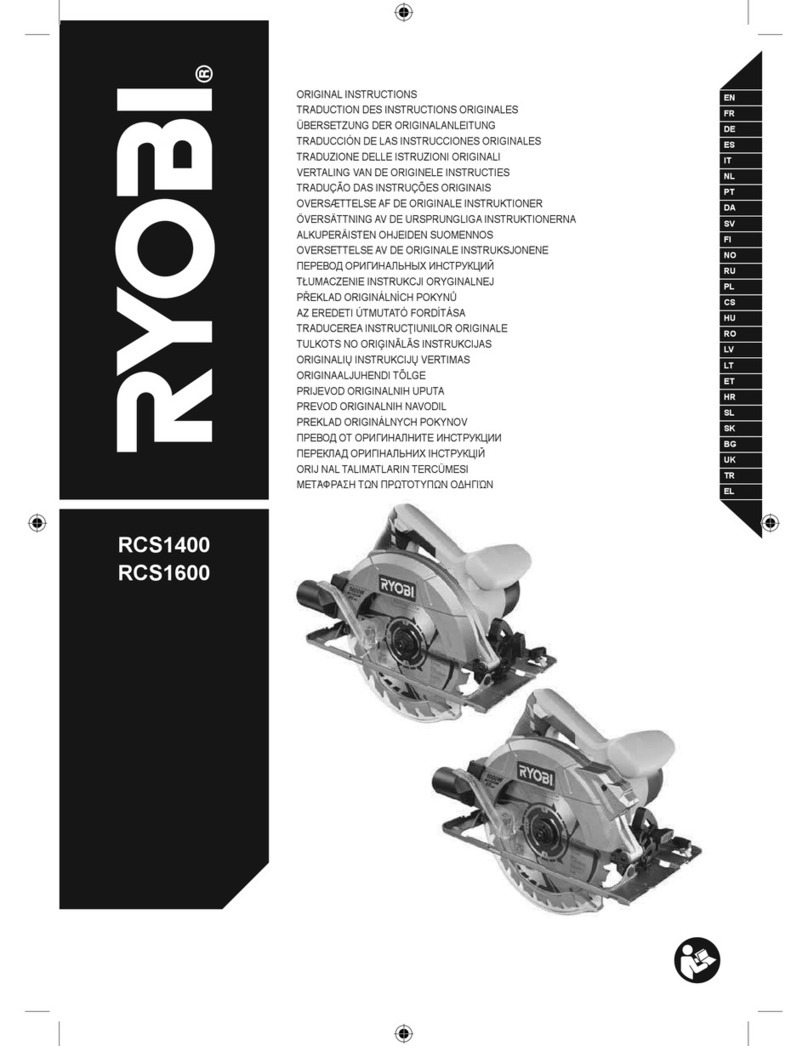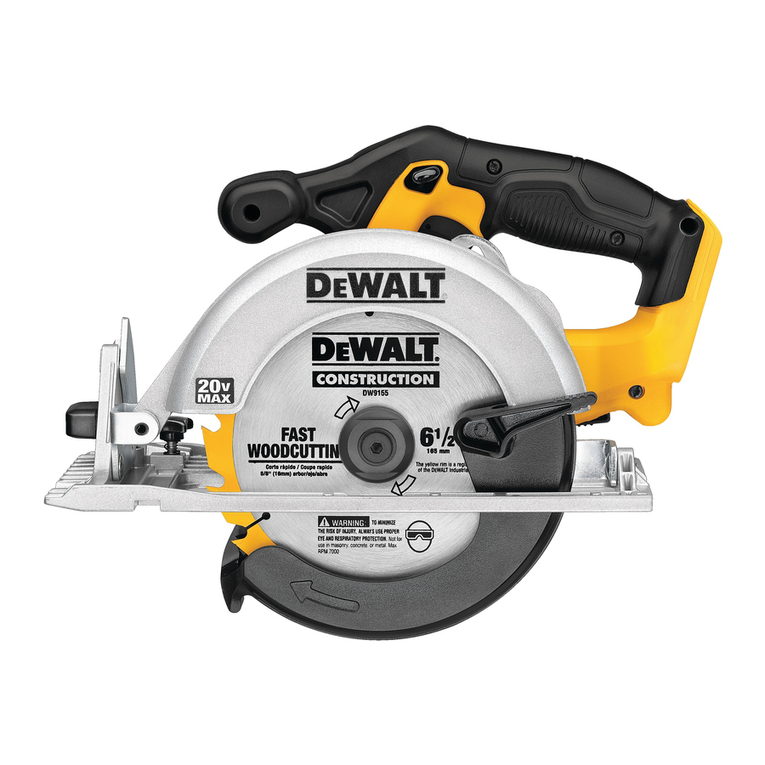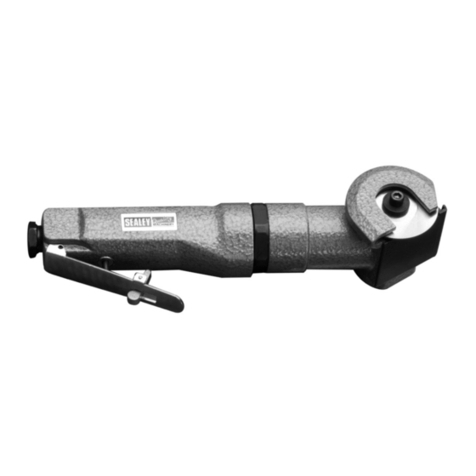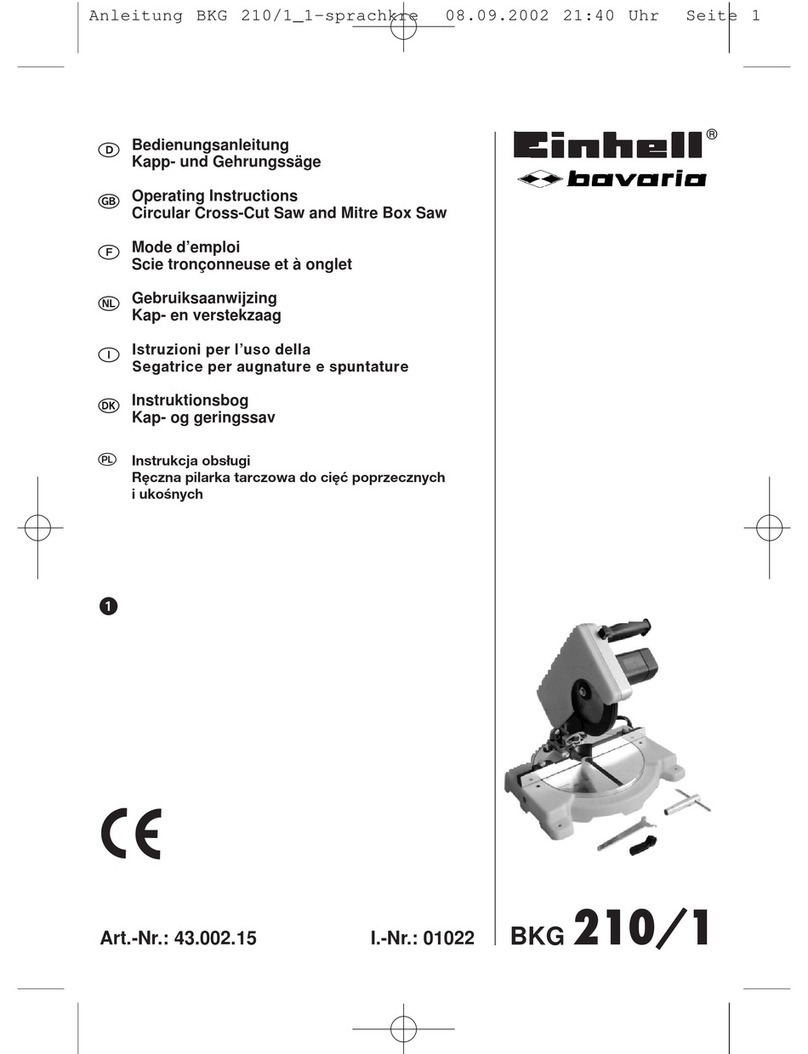2
CSG-680
Specifications, descriptions and illustrations in this
manual were accurate at the time of publication,
and are subject to change without notice.
Illustrations may include optional equipment and
accessories, and may not include all standard
equipment.
WARNING
Improper use or care of this unit, or failure to
wear proper protection can result in serious
injury.
Read the rules for safe operation and
instructions in this manual.
Wear eye and hearing protection and a dust
mask when operating.
Breathing in asbestos fibres can pose a
serious health risk and may cause severe or
fatal respiratory diseases such as lung
cancer. Do not use your cut-off saw to cut,
damage, or disturb asbestos or products
using asbestos in any form. If you believe
you might be cutting asbestos, contact your
employer immediately.
Introduction
The ECHO model CSG-680 Cut-off Saw is a high-
performance petrol-powered tool designed for use
with a recommended 355 x 4 x 20 mm abrasive
wheel.A water-flush attachment is available for
dust control.
Use only ECHO’s wheels or other wheels having a
minimum spindle speed rating of 4400 r/min or
higher.
Never let children operate the cut-off saw.
This manual provides the information necessary for
assembly, operation and maintenance of the cut-off
saw as well as the wheels available for it.It is
important that you follow this information carefully.
If this operator’s manual has become illegible
through impairment or is lost, please purchase a
new one from your ECHO dealer.
When renting a machine together with this
operator’s manual provides explanation and
instruction, please rend out the machine together
with this operator’s manual to a person who
operates the borrowed machine.
When transferring a product, please deliver it
attaching the operator’s manual.
Contents
Introduction ................................................. 2
Symbols and Signs ..................................... 3
Decals..................................................... 3
Description .................................................. 4
Definition of Terms...................................... 5
Operator Safety Precautions....................... 6
Preparing for Use........................................ 8
Protective Equipment ............................. 8
Protecting Others ................................... 8
Physical Condition.................................. 9
Abrasive Wheel Types and Uses................10
ECHO Reinforced Wheels......................10
Wheel Speed Rrting ...............................10
Maximum Allowable Wheel Speed.........10
Engine Speed and Wheel Speed ...........10
Wheel Blotters and Mounting Flanges ...11
Emergency Applications.........................11
Ring Testing Wheels ............................11
Facts About Abrasive Wheel ..................12
Handling and Storage of Wheels............ 12
How to Install the Wheel......................... 13
Operation ....................................................14
2-Stroke Fuel..........................................14
Starting and Stopping.............................14
Sequence after Starting Engine .............15
Cutting Asphalt,
Tar and Reinforced Materials ............. 15
Cutting Technique ..................................16
Troubleshooting Cutting Problems..............17
Troubleshooting Engine Problems..............17
Maintenance and Adjustment .....................18
Rib Ace-belt Change and Adjustment ....18
Remounting Arm for Flush Cutting .........18
Air Filter ..................................................19
Spark Plug..............................................20
Replace Fuel Filter .................................20
Carburettor Adjustment ..........................21
Clean Muffler and Cooling System.........22
Clutch and Maximum Speed Checks .....22
Storage after Use........................................23
Disposal procedure .....................................23
Specifications .............................................. 24
Declaration of Conformity ...........................25

